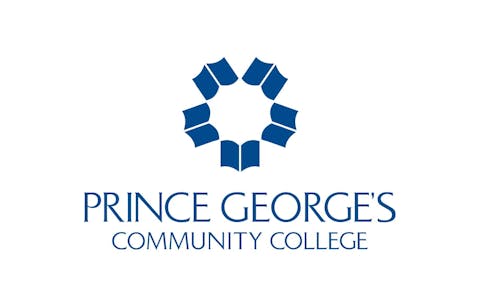In a recent op-ed, we described the present challenges Black youth are facing regarding mental health. Sadly, these statistics continue to be alarming as rates remain high in comparison to their same-age white peers. These trends stubbornly persist, which points to the systemic nature of the issue.
 Dr. Lauren C. Mims
Dr. Lauren C. Mims
Further, if indeed there are policies around mental health (i.e., suicide prevention training policies; required social emotional learning for students), these are often done through a lens of color ambivalence that take no account of how youth experience their cultures and identities as a part of mental health. This means that while there may be opportunities to learn and support mental health in schools, it is done through a neutral, (read: white) lens that does not see, trivializes, discounts, or ignores the uniqueness of Black youth, or any youth of color for that matter. Instead, as Black youth and youth of color experience mental health challenges, they are often misinterpreted and wrongfully treated as discipline and compliance issues rather than as needing compassion and support. As such, while Black youth spend the majority of their days in K-12 schools, their needs are perpetually and systemically overlooked as a part of anti-Black policy; this drives alarming and pervasive anti-Black practices.
What, then, is needed is a systemic paradigm shift — intentional development of policies and subsequent practices that not only see Black youth, but also value them as a part of the school community. We propose that to do this, those we are training to work in them must hold a firm belief that Black youth are beautifully and wonderfully made, and are worthy of a life without anti-Blackness. They are worthy of love and protection from systems that harm them. They are worthy of Black joy. They are worthy of being seen and heard — and belonging. They are worthy of policies and settings designed for their thriving.
As K-12 schools and those who aspire to work in such embrace the aforementioned, then begins an intentional quest to co-create policies and practices with Black youth and their families to ensure that these advocacy-based beliefs become actions. For example, many schools create policies without Black youth and their families at the table, which allows for anti-Blackness to be institutionalized. Imagine this — what if, instead, schools created committees with Black youth, families, and community stakeholders to engage in policy review, assessment, revision, and creation? Toward this end, the U.S. Department of Health & Human Services Office of Minority Health has developed a Black youth mental health (BYMH) policy framework that can guide this process (ATW Health Solutions, 2021). This framework includes four phases:
 Dr. Paul C. Harris
Dr. Paul C. Harris
(2) Policy Assessment;




















